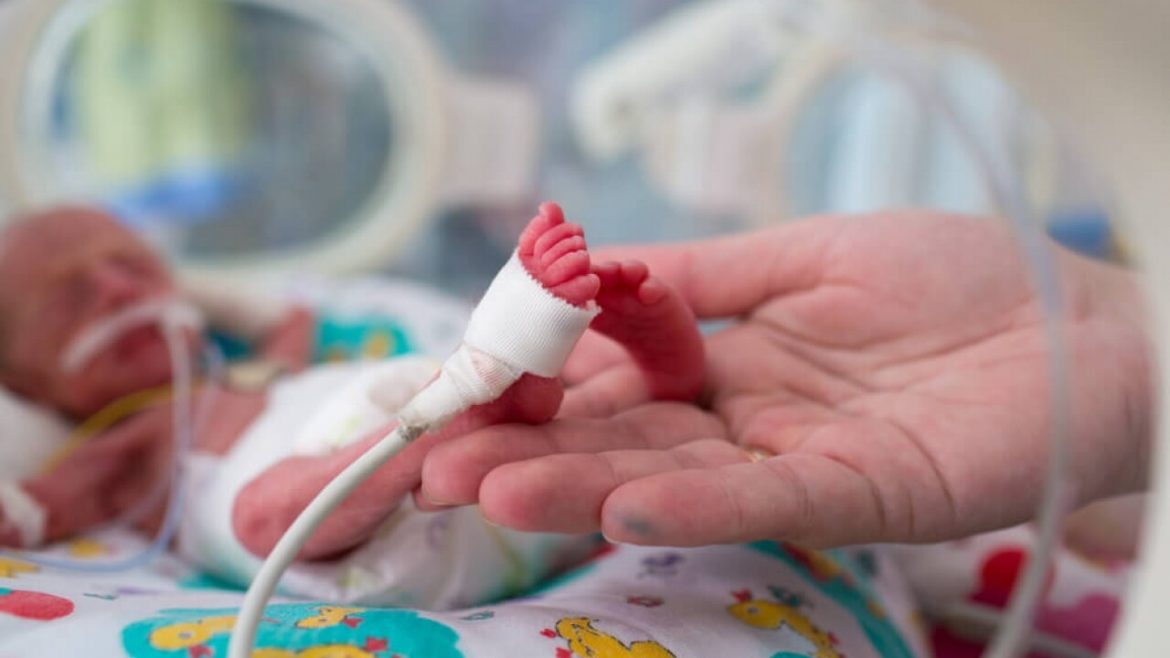MATERNAL/The rate of babies born prematurely in the US grew 12% from 2014 to 2022 to nearly 8.7%, with pronounced racial and age disparities among the mothers, a new analysis from the National Center for Health Statistics (NCHS) found.
Black mothers were almost twice as likely as white mothers to give birth before babies reached full term, 12.5% versus 7.6% respectively. Similarly, women older than 40 had a greater risk of preterm birth compared with women aged 20-29, 12.5% versus 8.23%.
The report adds to the evidence of a maternal and infant health crisis in the US, one experts expect will be exacerbated by abortion bans across the US south and in some western states. The US has one of the worst maternal mortality rates among developed democracies, according to the Commonwealth Fund.
“What’s important here is, with all of the research we’ve done to try to decrease preterm birth, we still have not found the solution,” said Cynthia Gyamfi-Bannerman, a maternal-fetal medicine specialist and president-elect of the Society for Maternal-Fetal Medicine. “It’s because we actually don’t know what instigates preterm birth in many cases.”
The new NCHS report is significant for a few reasons. First, it reinforces data showing the stubbornly high rate of preterm birth in the US. It also highlights the potential risks of starting families later in life – in the past decade, there has been a shift toward women giving birth in their early 40s.
Lastly, it highlights glaring and ongoing racial disparities between Black women and their white and Hispanic counterparts. Researchers have hypothesized that these disparities may be attributable to “weathering”, or premature ageing attributable to the stress of racism and deprivation. Gyamfi-Bannerman said that although weathering may be part of the problem, preterm birth is probably “multi-factorial”.
Preterm birth, or birth anytime before 37 weeks, is the leading cause of death and of health conditions, or “morbidities”, for infants and children. In general, the earlier a baby is born, the greater the risk of death, serious health complications and disabilities. Similarly, studies have found that even babies born “early term”, particularly at 37 weeks, suffer increased health risks.
Researchers at the NCHS examined birth records from 2014, the most recent low point in premature births, to 2022, accounting for all births. The analysis was restricted to births involving one baby, or “singletons”, as multiples tend to be born earlier.
Researchers found that rates of preterm birth increased about 2% each year with some fluctuation during the Covid-19 pandemic, indicating that the social and economic stressors that are believed to drive many preterm births could be worsening.
“We know there’s a link between stress and preterm birth, and that’s something that’s been studied in the literature but very challenging to mitigate,” said Gyamfi-Bannerman. “We see it time and time again.”
Importantly, another highly publicized preterm birth statistic from the March of Dimes put the preterm birth rate at 10.4%. That statistic, while also based on NCHS data, includes births of multiples, which have a higher overall rate of preterm birth. In November, the infant advocacy organization gave the US a grade of D+ for its high rate of preterm births.


